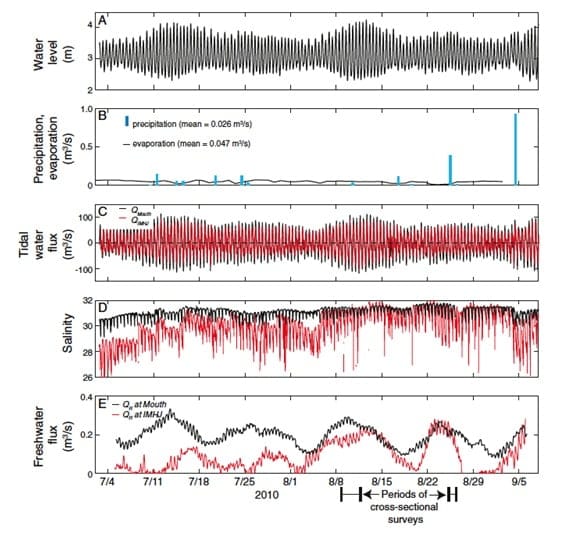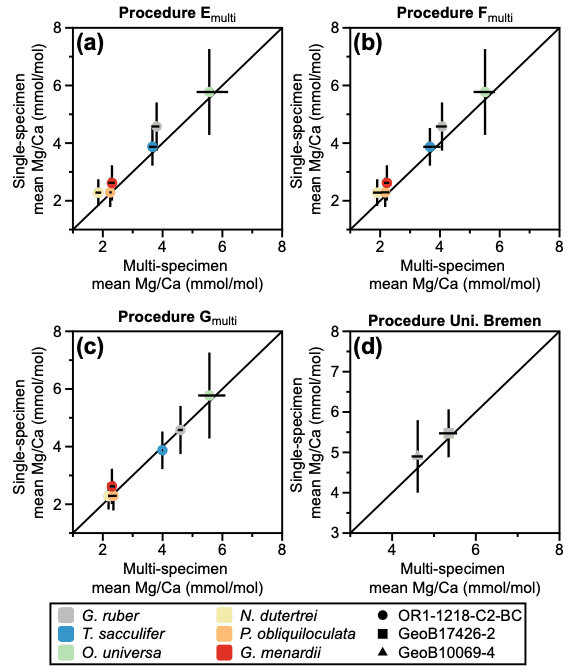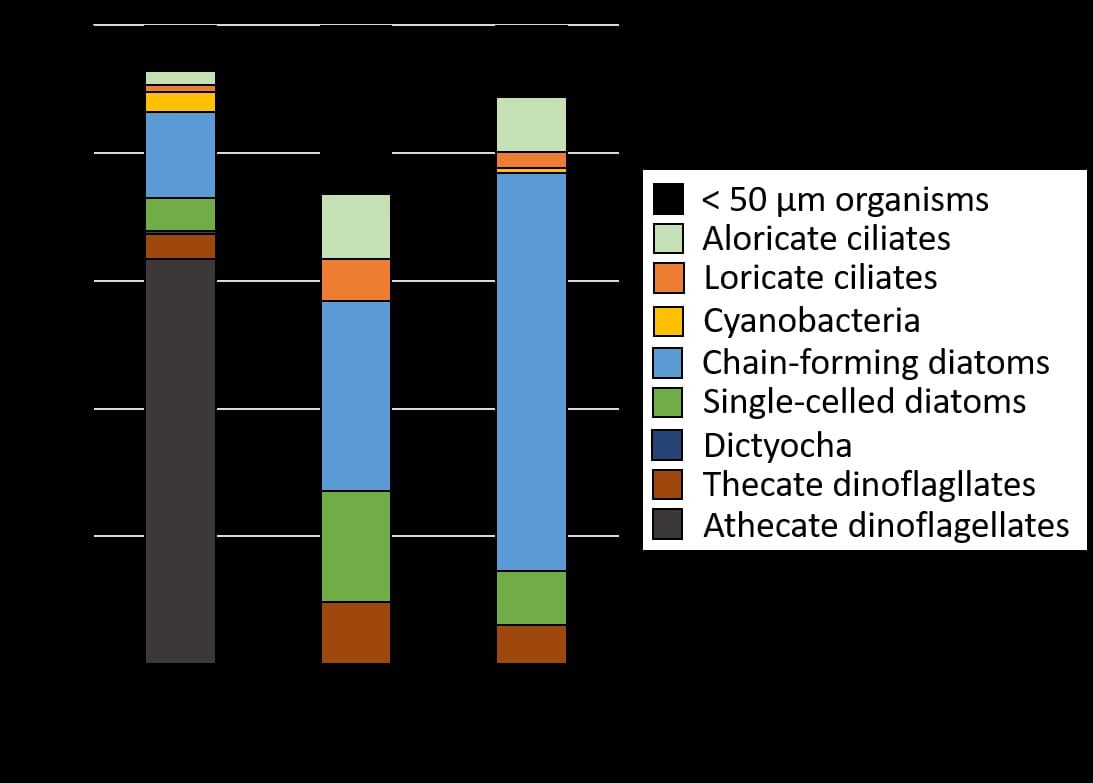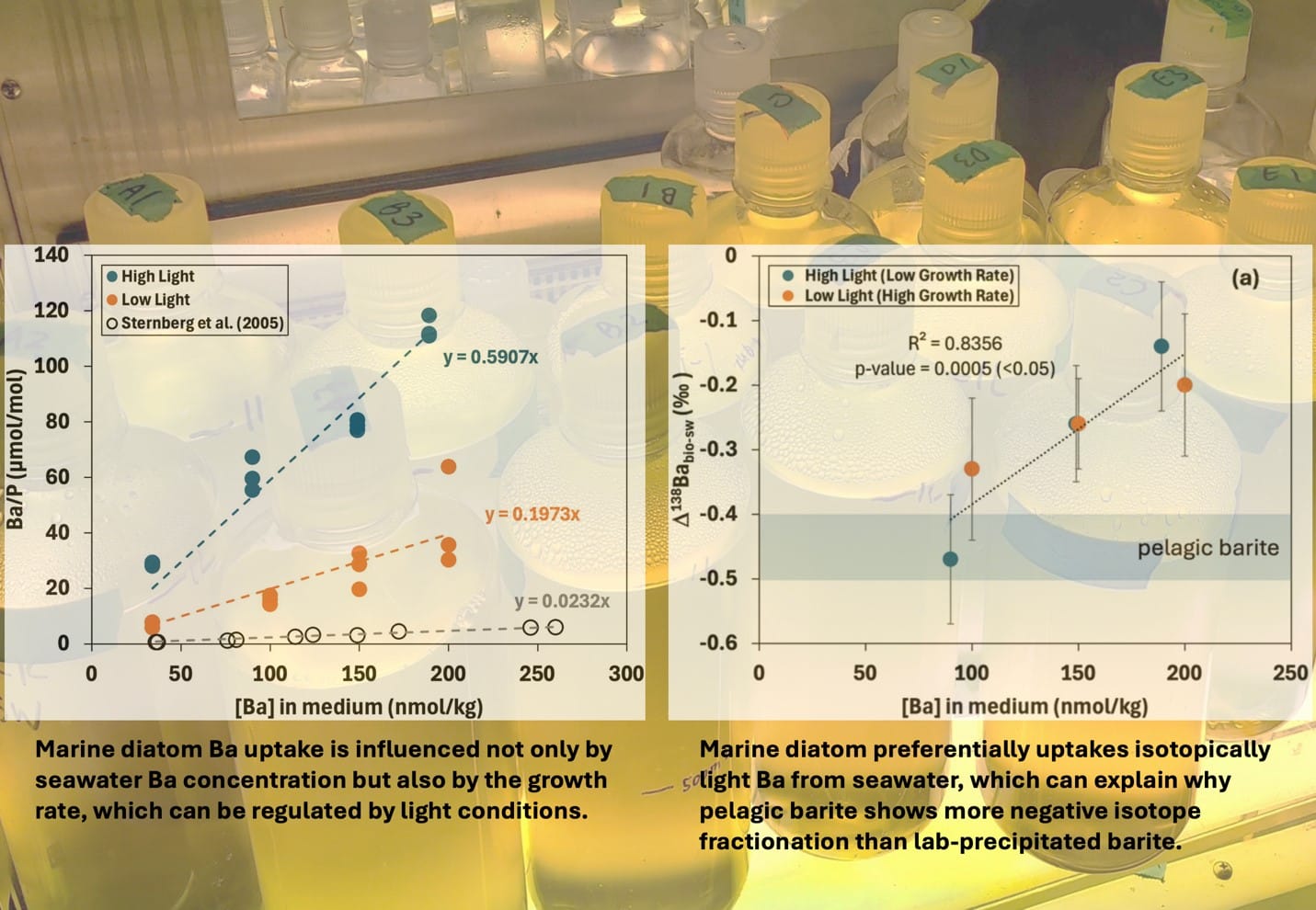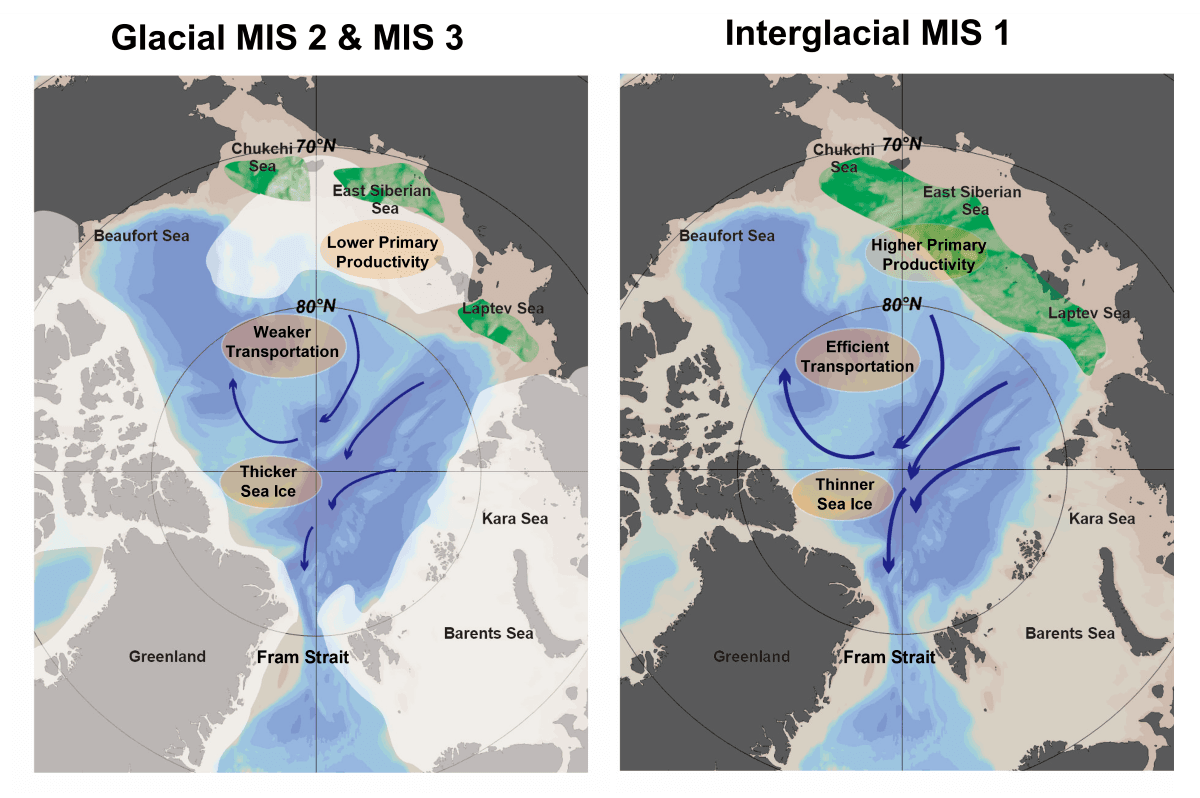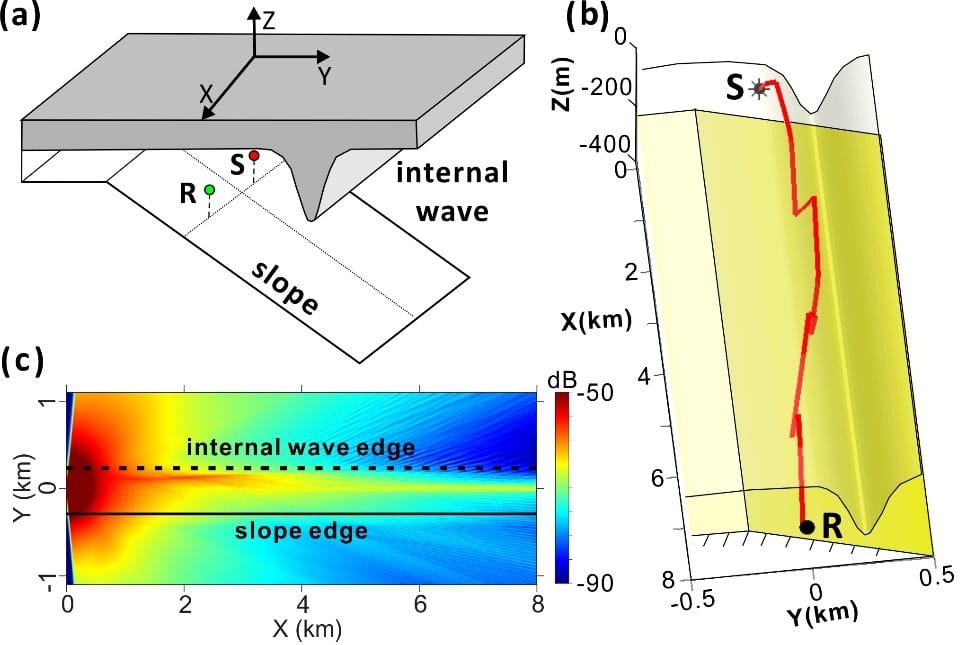本所陳世楠助理教授與美國學者發表在 Estuaries and Coasts 期刊論文「Tidal and groundwater flexes to a shallow microtidal estuary: constraining inputs through field observations and hydrodynamic modeling」榮獲CERF (the Coastal and Estuarine Research Federation) 評選為 2013 Pritchard Award 得獎者。此一獎項係為紀念 Dr. Donald W. Pritchard 以及其對河口與近岸物理海洋學的貢獻而設立。Pritchard獎項每隔兩年表揚在 Estuaries and Coasts 期刊和 CERF 研討會發表之最佳物理海洋學論文作者。該論文之全文見 http://link.springer.com/article/10.1007%2Fs12237-012-9515-x . 得獎說明之原文如下:
The paper “Tidal and groundwater fluxes to a shallow, microtidal estuary: constraining inputs through field observations and hydrodynamic modeling” by N,K. Ganju, M. Hayn, S.-N. Chen, R.W. Howarth, P.J. Dickhudt, A.L. Aretxabaleta, and R. Marino presents a novel application of new physics to the difficult problem of estimating groundwater flux into shallow estuaries. In shallow, confined coastal bays, groundwater is often the dominant source of freshwater flux and associated nutrients, and such systems are especially susceptible to eutrophication. Extracting the residual flux due to freshwater flux using current meters alone can be difficult because of the small ratio of freshwater flux to instantaneous tidal flux. However, tidal water fluxes along with concurrent salinity measurements can be used to estimate estuarine total exchange flow (TEF). Measurement of the groundwater discharge through a salt balance is possible because the TEF method amplifies the relatively small freshwater signal, and salinity sensors can measure the dilution of salt water with high accuracy.
The authors of this impressive work applied the TEF method to quantify freshwater fluxes over an 8-week period at the entrance of West Falmouth Harbor, Massachusetts, a eutrophic, groundwater-fed estuary. A three dimensional hydrodynamic model was used to verify the application of TEF and the mechanisms that control the time-varying nature of the freshwater flux. The estimated mean freshwater flux (0.19 m3/s) for the 8-week period was mainly due to groundwater input with secondary contributions from precipitation to the estuary surface and removal by evaporation. Combining this type of field campaign with hydrodynamic modeling provides guidance for estimating both magnitude of groundwater input and estuarine storage of freshwater and sets the stage for robust estimation of the nutrient load in groundwater.
Figure 4. Time series of A water level, B precipitation and evaporation over the estuary surface, C tidal water flux at sites Mouth and IMHJ, D cross-sectionally averaged salinity at sites Mouth and IMHJ, and E calculated freshwater flux at sites Mouth and IMHJ.
Note that a freshwater flux of 0.2 m3/s in a 200-m2 channel gives a mean groundwater velocity of 0.001 m/s. This velocity scale is within the signal error ranges for the most accurate oceanic current meters (e.g. ADCP). The new method (i.e. TEF) proposed here applies salt conservation and takes advantage of the highly accurate salinity sensors to back-calculate the freshwater input.

